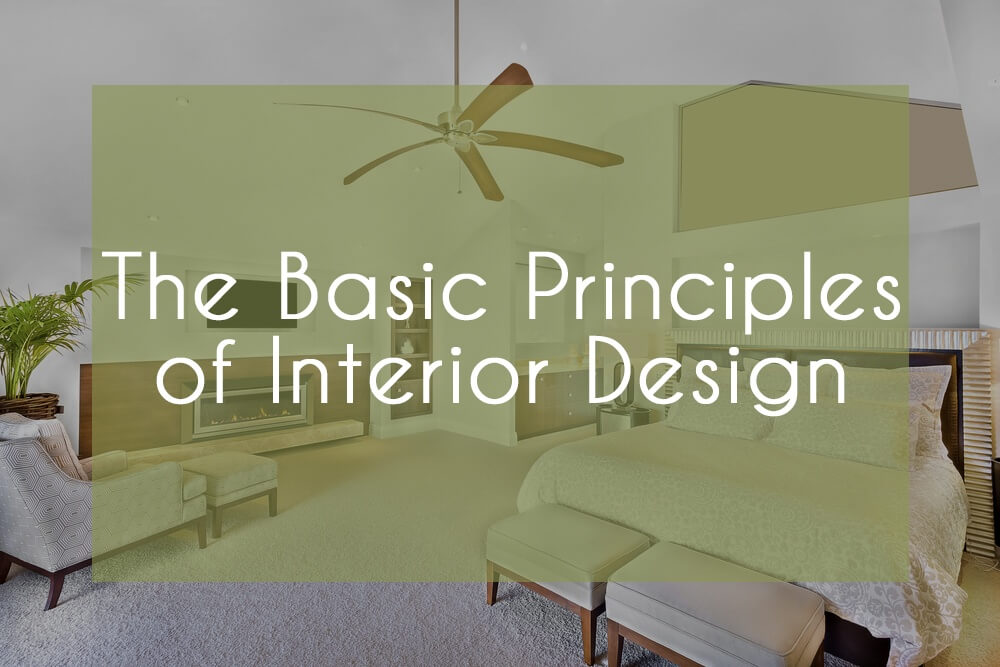Knowing the fundamentals of interior design will enable you to make any space look amazing. You are familiar with the sensation of entering a well-designed space. You can tell that everything is well-organized and cohesive. Everything feels right. With a little understanding of fundamental design principles, you can create that effect in your own home. You can build a beautiful home by applying that knowledge to practice and experimentation. Knowledge of the interior design principles can give people the skill to transform spaces. Interior designers are aware of these principles, but it is equally important for people to understand them.
Basic Interior Design Principles
Balance
Balance gives a sense of equilibrium in design. It all comes down to equating or roughly estimating the visual weight of various objects. Shape is only one way to achieve balance; other factors include color, pattern, and texture.
Three different types of balance exist:
Symmetrical or formal: Symmetrical balance, in which the space is evenly divided into two sides that mirror each other, is required for traditional or formal spaces. One can say that two chairs placed on either side of a coffee table are symmetrically balanced. The repetition of design elements on each side makes it simple to achieve this kind of balance. This type of balance has the potential to become repetitive and boring if you are not careful.
Asymmetrical or Informal: There is no exact duplication of the visual weights of the lines, colours, forms, and textures. It can be more complex and interesting than symmetrical balance but is not as well-ordered. For instance, two chairs on the opposite side of a sofa can balance it.
When there is a central focal point and other elements radiate outward from it or around it, radial balance is achieved. A round dining table with chairs placed around it serves as an illustration. Form, texture, and color are all repeated a lot.
Rhythm
Inerior Design patterns of repetition and contrast to create visual interest is the foundation of rhythm, just as it is in music. This can be accomplished by repeating the same color or shape at various intervals. Its goal is to draw your attention elsewhere in the space. For instance, you can create a rhythm by using the same color in the pillows, a painting, and a rug three times. Your eyes will be guided around the room by these repetitions.
Harmony
When all the components work together to convey a single message, harmony is produced. Harmony fosters a sense of peace, just as rhythm can engender excitement. For instance, even though your forms have a wide range of shape, size, and texture, you can still achieve harmony by using just one colour.
Emphasis
A room where everything is given equal weight will appear either disorganized or uninteresting. An anchor is necessary. Points of interest in architectural spaces are frequently found, such as a fireplace or a window with a lovely view. By positioning furniture around the existing focal point to emphasise it, you can opt to enhance it. You can add a point of interest to a room that doesn't already have one by grouping pieces of furniture together or by adding an unusual or large piece.
Measurement and Scale
Scale is how the size of one object compares to another or to the area in which it is placed, while proportion is the ratio of one part's size to another. For instance, a large, overstuffed sectional will look out of proportion in a small space.
Different proportional relationships look nicer than others. The Golden Section was a concept developed by the ancient Greeks that aimed to simplify all proportion by stating that the ratio of the smaller section to the larger section should be the same as the ratio of the larger section to the whole. In addition to being used by artists and architects, this ratio can be found in nature.
Also read: The 7 elements of design – and how to use them in your interiors
Happy Reading!




0 Comments